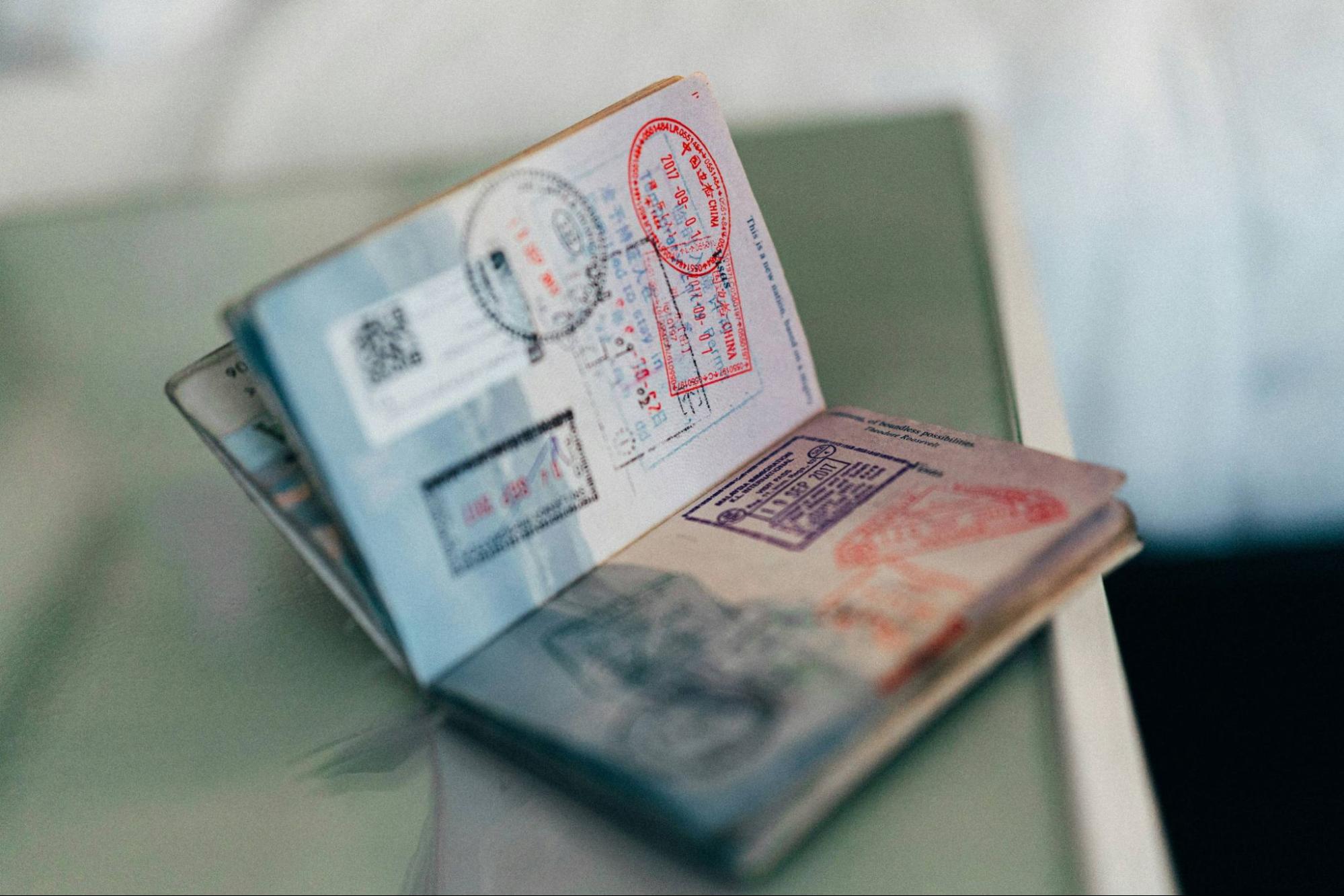



21.10.2025

Obtaining a six-month multiple-entry tourist visa to France in 2025
When I was planning my first trip abroad—also my first trip to Europe—I could hardly imagine that, with all the hurdles, I’d get a six‑month visa on the first attempt. But this spring my own experience proved something important: it isn’t about luck—it’s about understanding how the destination country’s rules actually work.
That summer my friends and I planned a proper Eurotrip and wanted to visit several countries. So the first important decision was where to apply for the visa: France or Italy. Both countries are popular and generally among the most opened for travelers from Russia. In Moscow, applying through France looked more organized and predictable: there were open appointment slots, and they weren’t picky about the exact format of the employment agreement (many specifically require a standard employment contract). France was also the first country on our itinerary.
That matters because the EU has a simple but decisive rule: apply to the country where you’ll spend the most days; in exceptional cases—when you’ll spend exactly the same time in several countries—apply to the country of first entry.

I checked the French document list on Terrana.org and worked with a visa agency for the technical steps—visa‑center appointment booking, application form filling, flight and hotel reservations—everything genuine and cancellable. The rest was on me:
Passport valid for at least three months after the trip.
Travel medical insurance covering the entire Schengen area for the whole trip, with minimum coverage of €30,000.
Employment: a current contract with my employer (in Russia), confirming stable income and a reason to return home.
Funds: a bank statement; I had more than 500,000 rubles available. (For France, the usual benchmark is €65 (6,500 rubles) per day with hotel bookings and €120 (12,000 rubles) per day without.)
(Optional) Additional ties to home: my friend applied with me and attached a property ownership certificate—a strong, though not mandatory, proof of ties.
About three weeks after applying I received my passport and was stunned: six months, multiple‑entry! For a first‑time Schengen application, it felt like a huge vote of confidence from France.
Because a short‑stay Schengen visa generally works across the entire Schengen Area, during our two‑week trip we also visited Italy and Switzerland in addition to France.
Important: a 6‑month sticker doesn’t mean you can stay in Schengen continuously for six months. Short stays are limited by the 90 days in any 180‑day period rule. Use the EU’s official short‑stay calculator to stay within the limit.

It’s possible, but not guaranteed. Under EU rules, countries can issue multiple‑entry visas for up to five years at their discretion, and they often extend validity progressively for frequent, compliant travelers. The decision depends entirely on your travel history and how well your documents are prepared.
If you’re getting ready for your first trip, take time to study the requirements, assemble your documents, and learn from people who’ve already been through it. On Terrana.org you can find guides for applying on your own or get advice from real visa experts.
From October 12, 2025, at your first entry to the Schengen Area you’ll undergo biometric registration (face and fingerprints) instead of a passport stamp. This doesn’t affect the visa process itself, but queues at passport control are possible.
This article describes a personal experience. Rules and procedures can change; always check the current information on your destination country’s consulate website.